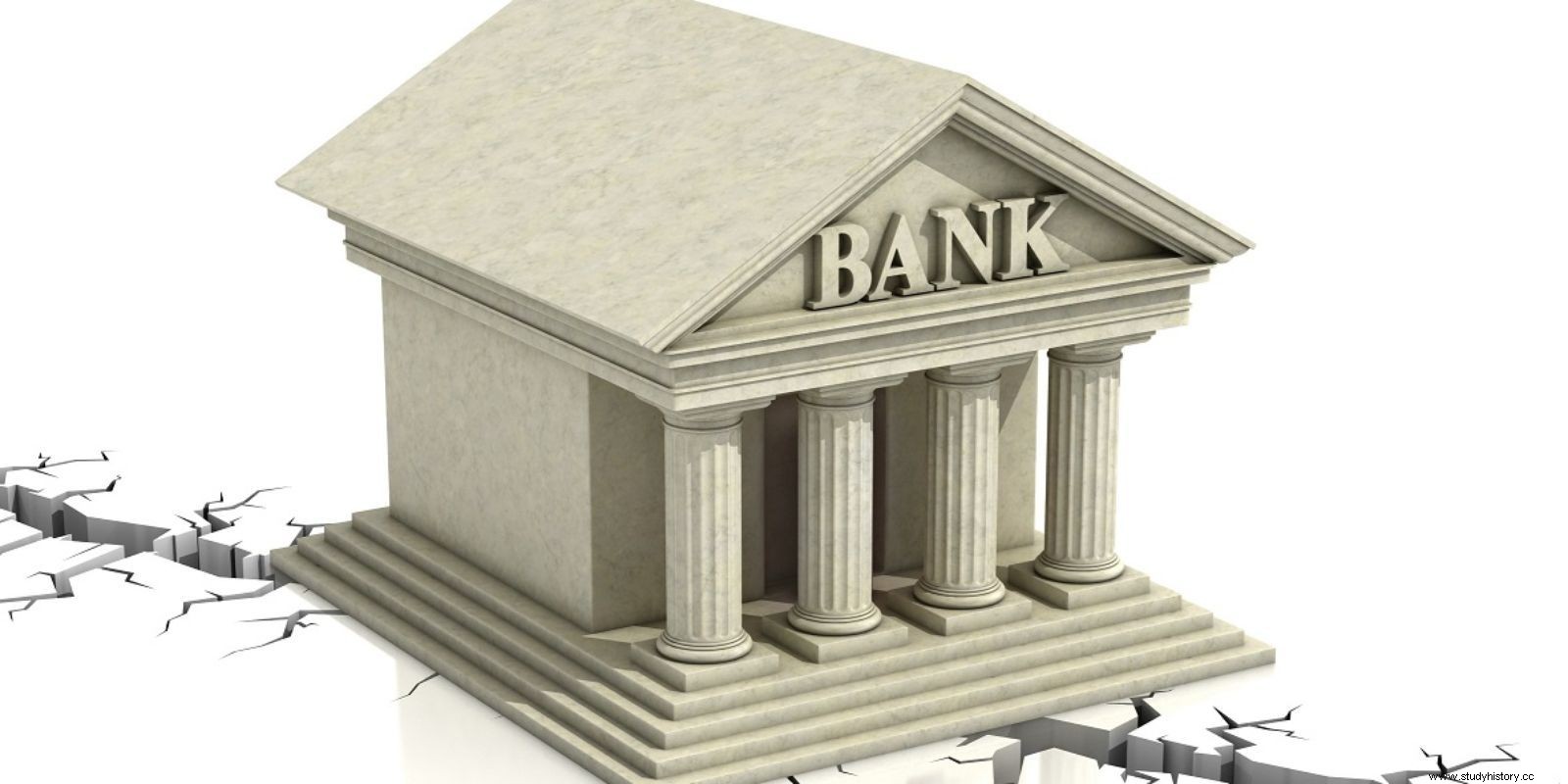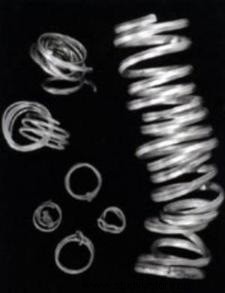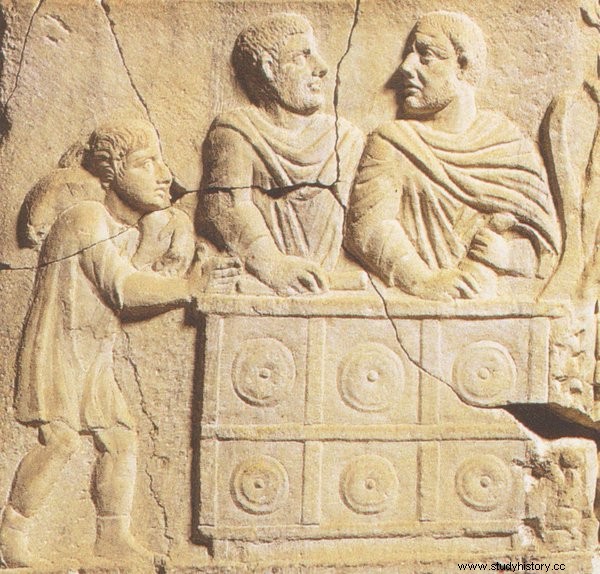The Sumerian economy was based mainly on barter, and to prevent the markets from becoming a battlefield or the rogues from doing their thing, the rulers annually issued tables of product equivalencies. Thus, any buyer could know that a kilo of wool -which weighs the same as a kilo of iron- was equivalent to, for example, two liters of beer, 300 grams of copper or 2 kilos of dates. Thanks to many of these tables that have been preserved to this day, we know that gold was not one of the most expensive metals. There were other materials that surpassed it, such as lapis lazuli, copper, tin and, above all, silver.

The metal of metals in the land between the two rivers was silver. And it was so appreciated that only members of the royal families, governors or high-ranking members of the clergy could wear silver ornaments on their clothing or wear jewelry made of said material. Another function that this metal fulfilled perfectly was that of a stabilizer of the economic system and a means of payment (money ). Imagine a peasant who wants to buy a lamb to celebrate his daughter's wedding and goes to the market with a certain amount of barley to exchange. What happens if the cattle handler does not need barley? The solution was very easy. The peasant could go to any sacred precinct where the barley was exchanged for its equivalent in silver. Of course, with a commission of 3.5%. With the silver in his possession, he could already buy the lamb with the confidence that this metal would be accepted by any merchant. So, these first banks They were, directly, the temples. A curious element is that the silver that the temple gave him was presented in the form of rings weighing 8 grams or spirals in case of large quantities. In the absence of wallets or pockets, he could comfortably carry them on his fingers and arms. In addition, and as small change, the rings could be divided into four parts of 2 grams each.

Well, in Rome, as on many other occasions, what they did was copy the Greeks who followed the bank/temple model of Sumer. The Temple of Saturn in Rome housed the Aerarium (treasury) in times of the Republic and during the imperial era the Temple of Castor and Pollux was the repository of the State treasury. The particularity of the banking system of the Greeks and Romans was that private bankers emerged … in Rome they were called argentarii (from argentum , silver). The argentarii They began as simple moneychangers (at that time Rome was the place that received the most "tourists") and to control counterfeits and remove "damaged" coins from circulation (being metals such as gold or silver, many scraped the edges and they were losing their weight); to later manage a business very similar to our times. There were two types of operations carried out by these bankers:the depositum , simply as trustees and guardians of the money for which the argentarius he did not pay interest but with which he could not "trade" either; and the credit For the money deposited, the banker paid interest to the client and, in return, could move it to generate profits. In the "accounts" in the format depositum the banker paid, on behalf of the client, the debts contracted by him or the purchases at auctions (the presence of the argentarii was frequent in slave auctions), either by "internal transfer" if both had an account in the same bank or by means of a bill of exchange; in the “accounts” in creditum format the bankers used this money to lend it to third parties and, logically, with a higher interest rate than the one they paid (remember that the banks were/are/will be businesses). In addition, the argentarii were grouped in a collegiate body in which only they decided to accept new members.

And what about coins, those circular metal pieces that brighten up our pockets with their jingle? What memories of our dear blonde… Memories and never better said because the currency is that, memory, memory. Let's see it.
Our word currency derives from the mother of the Muses, Mnemosyne , divinity that bears in her name the Indo-European root of memory:* mnem – still present in our memory. The Latin poet Livius Andronicus used the term Moneta to refer to the Greek Mnemosyne . Coin , is therefore the Latinization of the Greek Mnemosyne . Later, this divinity was associated with Juno, the mother of the gods, and was honored under this epithet, Juno Moneta , in a temple located near the mint of Rome, located on the Capitol Hill, where the church of Santa Maria in Aracoeli currently stands. Due to the proximity between the mint of Rome, where the coins were officially minted, and the temple of Juno Moneta (the one that remembers), the factory's product was identified with the place.
And if the vile Sumerian metal was silver, today the vile metal has become plastic… that of the cards. Except for some who curse at them and have sworn never to use them, the rest of us mortals carry at least one plastic card in our wallets that makes our lives easier or more difficult, depending on how consciously or unconsciously we are. be. Well, in the 21st century there is an ATM that, in addition to the internationally recognized languages, offers Latin as an alternative for communication with the ATM. And, logically, it is in the Vatican. Among its different alternatives, it offers us:
Deductio ex pecunia (withdraw money)
Rationum aexequatio (know the balance)
Negotium argentarium (account movements)
Retrahe scidulam deposita (withdraw the card)…
